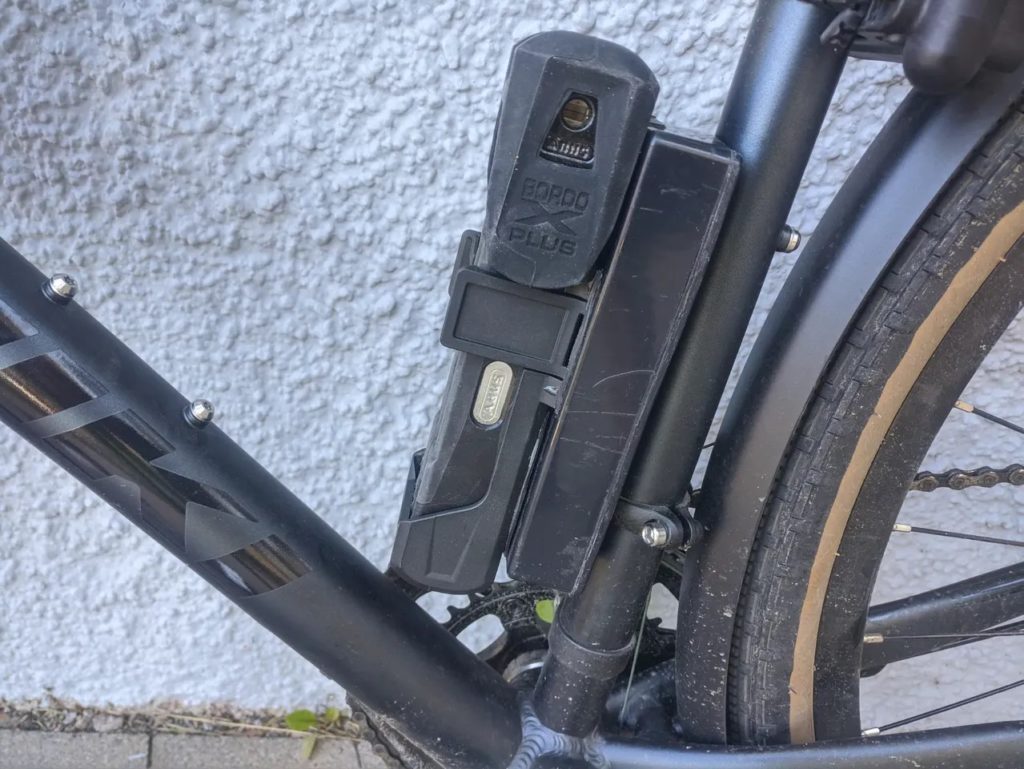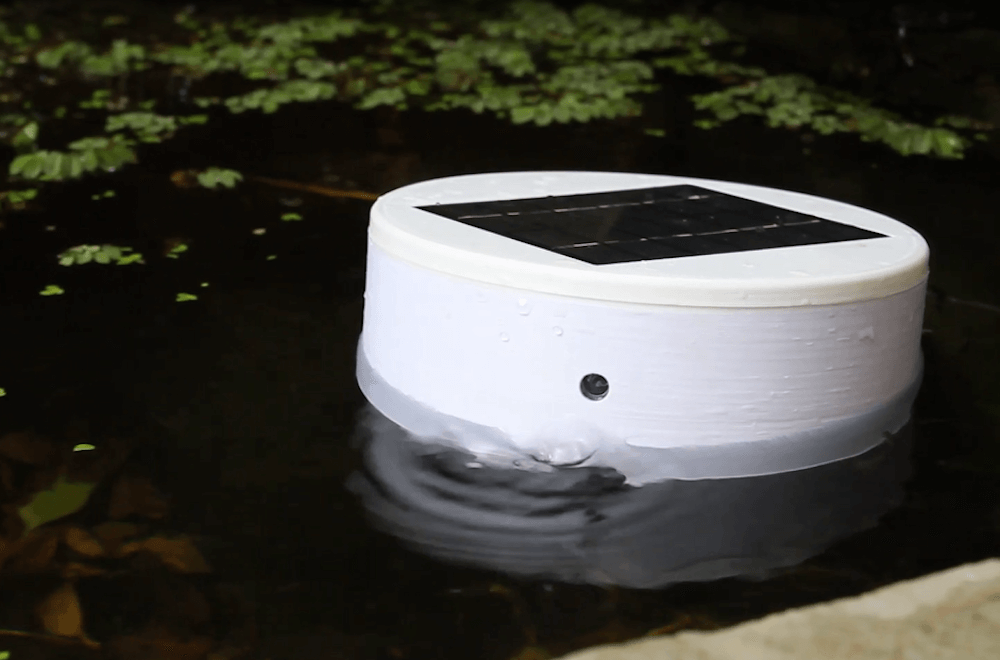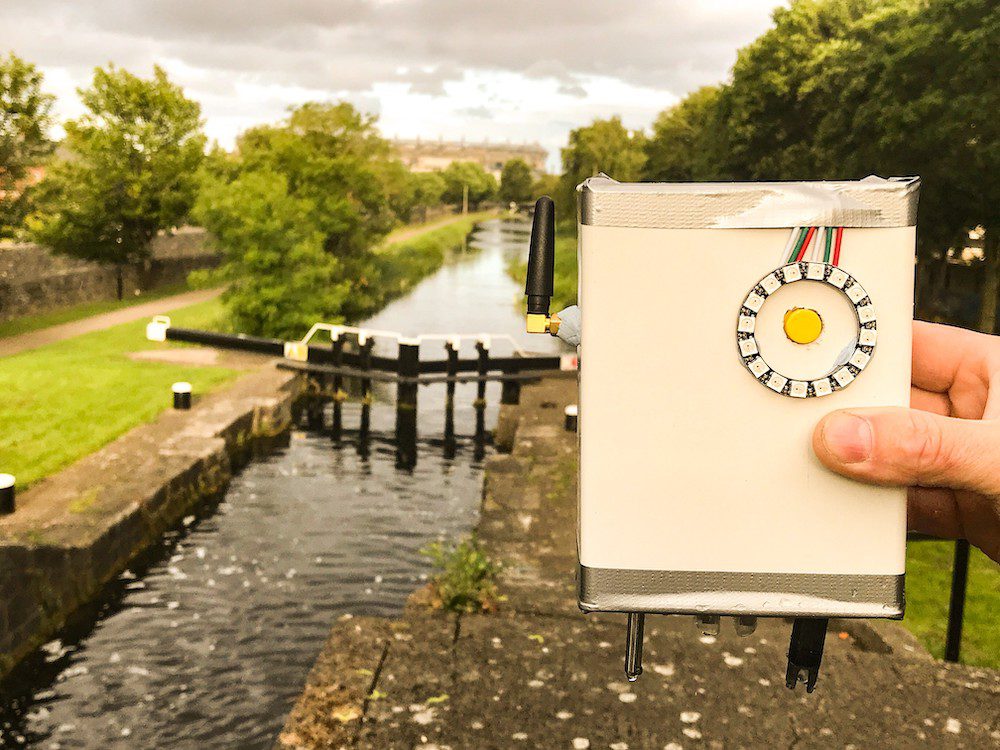Schlagwort: MKR GSM 1400
-

DIY GPS tracker helps you locate your stolen bike
Reading Time: 2 minutesArduino Team — April 30th, 2021 Bicycle theft is, unfortunately, a very common problem. Most bicycle locks are easy to overcome, which makes bike theft a crime of opportunity. Recovering a stolen one is usually improbable, but this DIY GPS tracker could provide the help that you need. The GPS tracker, designed…
-

Solar Scare Mosquito 2.0 detects and destroys potential disease-carrying insects
Reading Time: 2 minutesSolar Scare Mosquito 2.0 detects and destroys potential disease-carrying insects Arduino Team — October 2nd, 2020 Not only are mosquitoes extremely annoying, they can also carry deadly diseases like malaria, yellow fever, dengue, and the Zika virus. In order to prevent epidemics, Pranav Agarwal has developed the Solar Scare Mosquito — a…
-

Monitor water quality anywhere in the world with WaterAid
Reading Time: 2 minutesMonitor water quality anywhere in the world with WaterAid Arduino Team — September 18th, 2020 Clean water is one of our most precious resources, but identifying sources of pollution often means expensive equipment. This can also mean taking multiple water quality readings and somehow aggregating them together to be easily usable. As…


